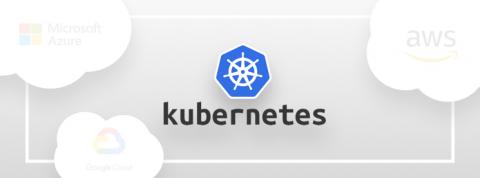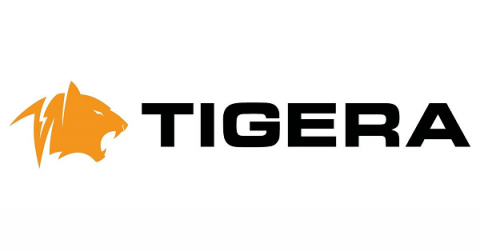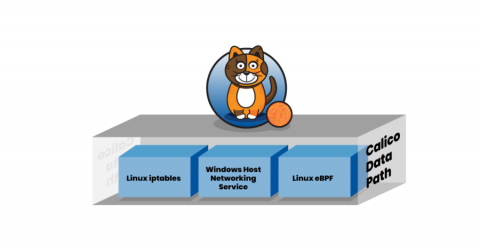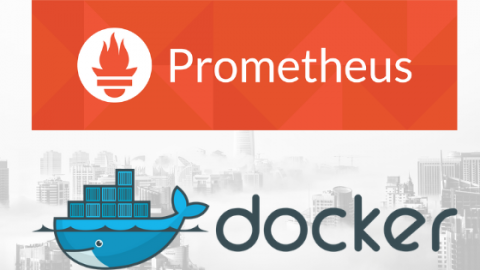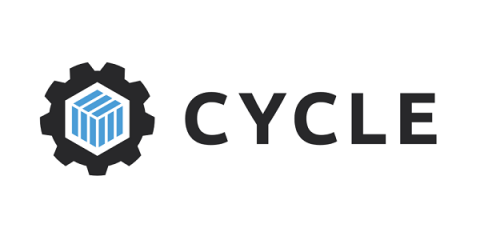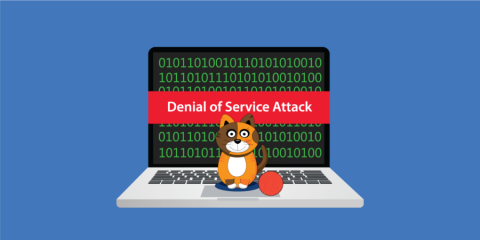Kubernetes as a Service: GKE vs. AKS vs. EKS
Kubernetes (K8s) is a prevalent open-source system for automating the deployment, scaling, and management of containerized applications. However, maintaining the service can be difficult and expensive. For that reason, it is easy to find platforms offering Kubernetes as a managed service. In this article, we will analyze three of the most popular services currently available: Google Kubernetes Engine, Azure Kubernetes Service, and Amazon Elastic Container Service for Kubernetes.


